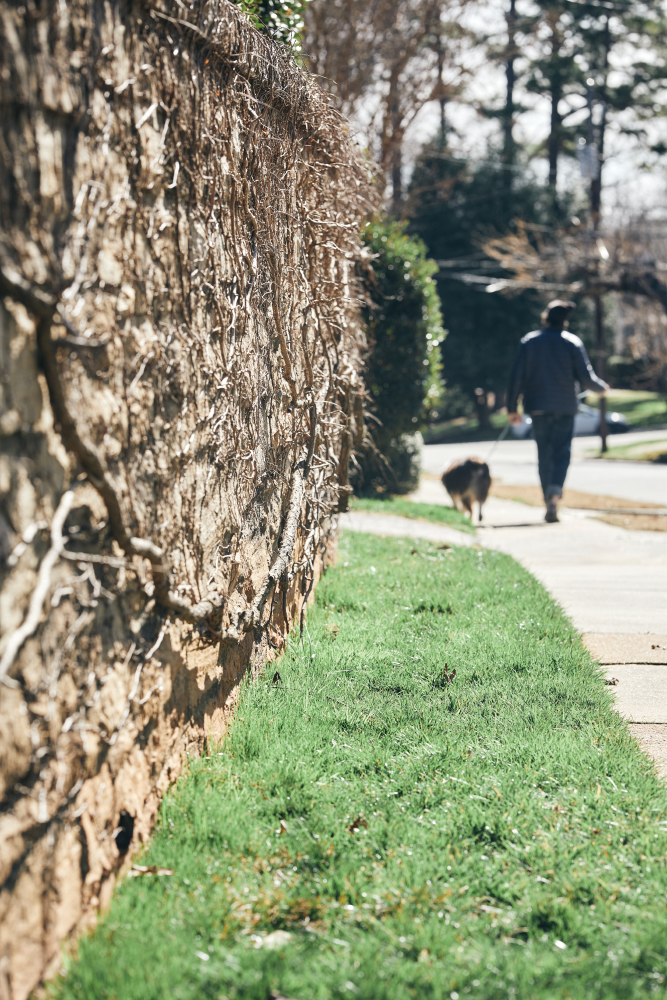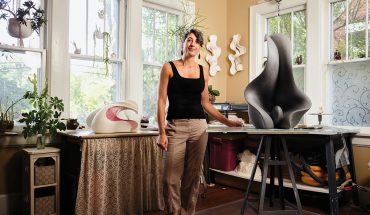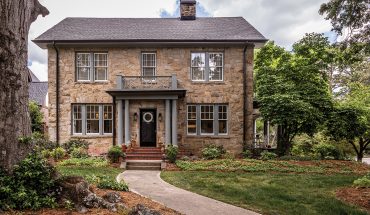Learn about the origin of one of Raleigh’s premier neighborhoods as it celebrates its centennial.
by Terry Henderson | photography by Joshua Steadman
One hundred years ago, the term “North Raleigh” had a different context.
Today, it’s known as an amorphous area of perhaps 150,000 or so people — almost a city within a city. But in the early 1900s, Raleigh’s northern boundary ended at Peace Street, only a mile or so from the city’s center; just beyond that was considered “out in the country.” A few housing developments had begun to spring up along a two-lane dirt road named Glenwood Avenue, including Bloomsbury and Glenwood-Brooklyn, since the trolley line had been extended nearly 2 miles out of town.
But this area north of town would begin the suburbanization of Raleigh, providing homes for a growing class of white, working, and lower-middle-class residents. As the city became more segregated along racial and class lines, developers created neighborhoods to house these largely white-collar workers, like government employees, railroad workers, clerks, and small business owners, employed downtown.
Now celebrating its centennial, Hayes Barton — bordered on the east by the now-bustling Glenwood Avenue and to the west by St. Mary’s Street and Oberlin Road — began life as part of this extension of the city limits. It was conceived as an elite neighborhood that catered to influential business owners, executives, medical and legal professionals, managers, politicians, and civic and social leaders. When it was annexed in 1920, it was the city’s newest subdivision.
What would become Hayes Barton sprouted from a cotton field and a vegetable patch on a prosperous country farm. There, a respected Civil War veteran, Captain B. P. Williamson, had labored 50 years to create “Fairview Farm,” an agricultural showplace that generated prize-winning produce, livestock, and horses that were the envy of the state.
The land had once been part of more than 3,000 acres descended from England’s King Charles II in the 18th and 19th centuries through his colonial representatives — the Lords Proprietors — to early settlers Joel and Henry Lane and their progeny, the Mordecai family. It was from Martha Mordecai Little that Williamson bought the original 300 acres and burnished his reputation as a businessman, county commissioner, treasurer, and investor. Williamson was well known as an “agriculturist” for his innovations in stockbreeding cattle and thoroughbred horses, and through experimentation in the planting of various grasses for soil conservation and improvement. Verdant and pristine, Fairview Farm was a destination for anyone serious about the latest techniques of breeding, agricultural innovation, and horse racing.
By the late 1880s, Williamson had sold a good portion of his land to his friend B. Grimes Cowper, who maintained the property with cotton production and farming enterprises and continued the name Fairview Farm. Williamson’s death in 1919 set in motion a flurry of activity focused on one of the largest remaining undeveloped pieces of property in an area of rapid expansion. The Allen brothers — real estate agents Dan, Frank, and William — convinced Cowper and Williamson’s widow, Ella, that the best use of the property moving forward would be as an elite subdivision that would attract Raleigh’s prominent citizens. In 1920, the Allen brothers created the Fairview Company with Colonel (later General) Albert Lyman Cox, to develop 175 of the original acres. It was named Hayes Barton after Sir Walter Raleigh’s ancestral home in England.
As with many early-20th-century neighborhoods, the development of Hayes Barton and surrounding communities was aided by the expansion of the trolley system owned by Carolina Power and Light Company. CP&L hoped to make money through increased sales of electricity, gas, and appliances from the development of homes and businesses along the route.

To get people interested in living along the trolley line, CP&L used an incentive successful in many communities across the country: an amusement park. For the price of a nickel, “joyriders” were whisked to the fun at the terminus of the trolley line — and on the way, given the opportunity to imagine living beyond the noise, dirt, pollution, and congestion of the city.
Hayes Barton promised modern conveniences and the prestige of generous wooded lots, larger and more impressive houses, paved roads, full electrification, and indoor plumbing. It also offered protective covenants and the ability to “choose your neighbors.” These protective covenants were common in new subdivisions across the country before zoning laws were enforced. They included sensible restrictions on land use, density, and keeping livestock, but also often excluded racial and ethnic minorities, except those working as servants. (These covenants would later be ruled unconstitutional by the United States Supreme Court.)
Hayes Barton was professionally planned by Earle Sumner Draper. He was the same landscape architect that drew up Myers Park in Charlotte, which also had its beginnings as a rural farm. That was no accident: what better way to emulate Charlotte’s premier neighborhood than to piggyback on its same plan?
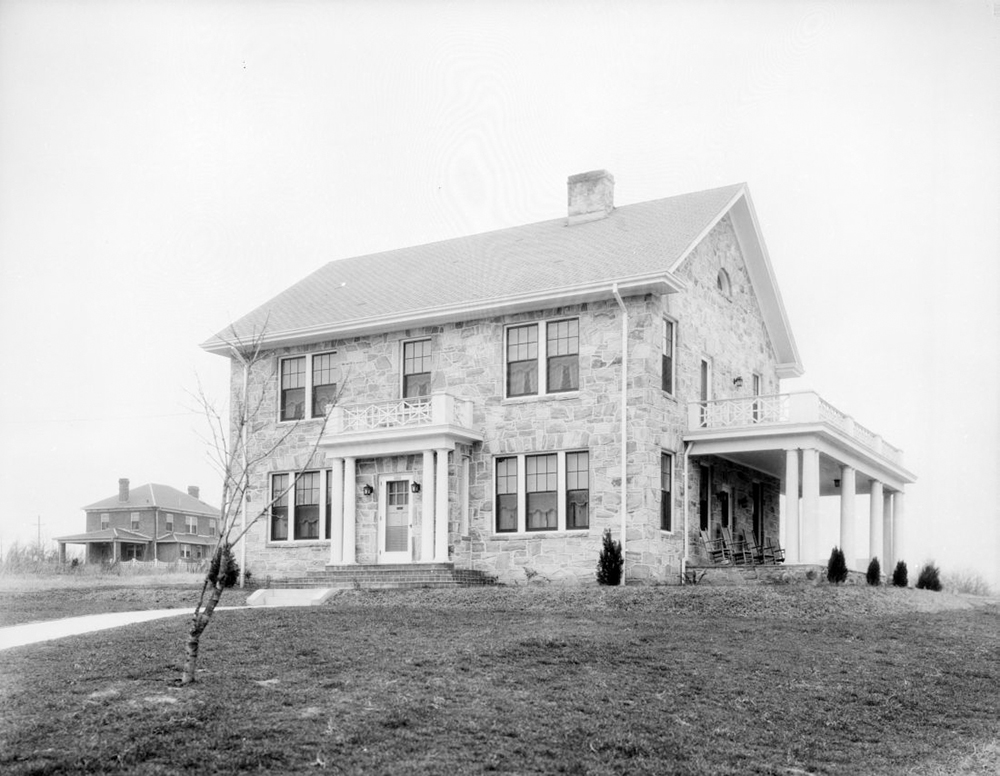
Raleigh had long been envious of Charlotte, in a way, for its population, industry, wealth, and progressive state leadership. Raleigh’s claim to fame was based largely on the legacy of old families whose wealth was tied up in land ownership — then not a very beneficial means for creating great wealth, unlike the Queen City’s banking and industrial base. With more heritage than money, Raleigh was prosperous, but not wealthy, and owed its reputation and status to being the center of a sizable agricultural region. Even as the location of a proliferation of colleges, institutes, and universities, and the seat of state government, it was hardly an economic engine.
Hayes Barton’s classical architecture, innovative landscaping, larger lot lay- out, privacy, and exclusivity offered an opportunity for up-and-coming businessmen and social climbers to model Charlotte’s elite and leapfrog over the stodgy, old-line neighborhoods down- town. Those fussy Victorian-style homes had the faded elegance of an older era with their amalgam of towers, turrets, gables, dormers, and bric-a-brac deco- ration. Besides, those sought-after areas like Oakwood, Blount Street, and Hillsborough Street were now full.
In contrast, Hayes Barton homes offered refined and elegant 18th-century English Georgian and Colonial styles made of brick, noted for their pleasing symmetry and spare detail.
Today, the hallmarks of Draper’s landscape design in Hayes Barton are fairly common, but in those days, they were innovative and specifically appealing. Draper paid attention to creating a “garden suburb” in concert with nature: streets that followed the natural contour of the land, for example, rather than leveling the earth to create gridded, perpendicular streets with uniform blocks. Small parks were created with the largest parcels to create an estate-like setting, and creek bed greenway areas — which in the past had been sold off as the backs of house lots — became the featured view from front windows.
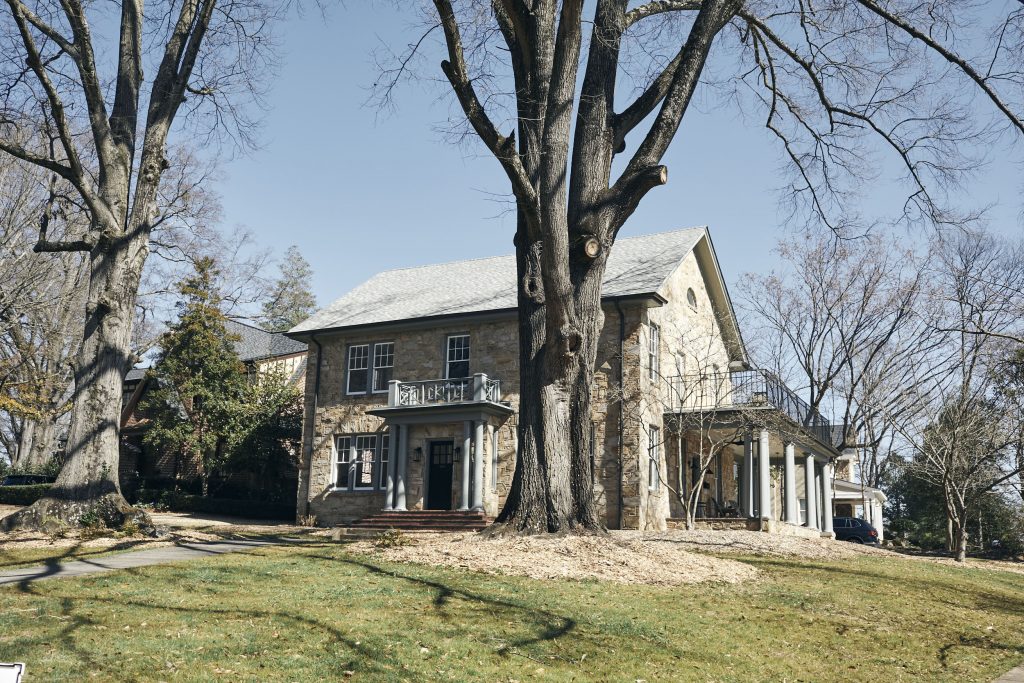
Roomier living required buying a minimum of two lots, and larger lots created front yards that were usually generous and fairly uniform, despite various-sized setbacks. Gated, wrought- iron-fenced front yards gave way to open landscaped yards with low stone walls
in keeping with more of a garden-like feel. Commercial and other incompatible residential uses were barred through deed covenants, although there were no zoning rules in effect then. Developers laid out enormous sums for the latest and most expensive infrastructure, paved streets, sidewalks, curb and guttering, water and sewer, and landscaping.
Quickly, Hayes Barton became home to a renowned group of leaders, including two N.C. governors, three U.S. senators, an ambassador, a secretary of the Navy, state supreme court justices, authors, newspaper publishers, writers, artists, a muckraking crusader, and a sports coaching legend. The neighborhood has had more than its share of overachievers, including Gutzon Borglum, creator of the dazzling head of Lincoln emerging from a six-ton block of white marble now in the U.S. Capitol, and, most notably, Mount Rushmore; Albert Lyman Cox, one of the most celebrated heroes of World War I (who built a replica of Mount Vernon as his home); and Everett Case, the man who brought big-time college basketball to North Carolina at N.C. State University.
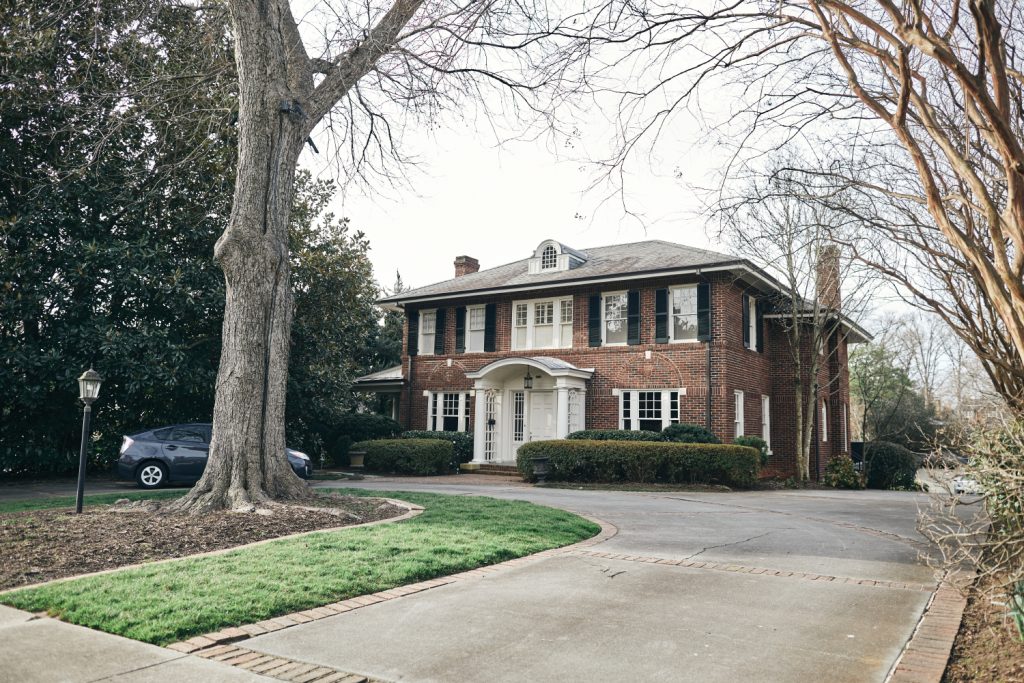
Not all of Hayes Barton’s stories or residents were favorable or brought credit to the neighborhood. Emblematic of the times nationally, the rise of segregation in the early 1920s saw the widespread use of protective housing covenants, private agreements written into deeds that not only regulated land use, but also discriminated against Black people and immigrants.
One particularly ugly and infamous incident occurred in 1927, when a prosperous immigrant was denied the opportunity to build a home in the neighborhood. Greek-born Gus Russos owned a hat cleaners, a series of shoeshine stands, and other investments, and wanted to build in Hayes Barton to place his kids near a good school. The neighborhood was incensed that an immigrant would be so presumptuous and held an “indignation” meeting in a nearby Baptist church to plot his exclusion. The fallout from this controversy erupted into a city-wide scandal for much of that summer. Ultimately, Russos decided on his own not to build in Hayes Barton — but he was supported in his intentions by the city’s newspaper publishers, who pointed out the irony that someone from the country that had given Western civilization its culture, architecture, and democracy somehow might not be “good enough” to live in the neighborhood.

One hundred years later, and with more stories to tell, Hayes Barton continues as both a modern and classic neighborhood, ready for its next century. Today, it’s made up of Raleigh natives and folks from around the world as well. A place that used to be considered the suburbs, a trek to get to, is now firmly part of Raleigh’s core. As Raleigh continues to grow, particularly in this time of rapid expansion, it’s also worth noting that what’s new today will become the foundation for future generations of Raleighites; knowing a neighborhood’s origins can be a reminder to be thoughtful in design and development.
With its well-preserved homes, lush landscapes, and central location, Hayes Barton is both a genteel time capsule and thoroughly modern neighborhood.
Terry Henderson is the author of Hayes Barton @ 100, a book on the neighborhood’s origins, development, and residents.

